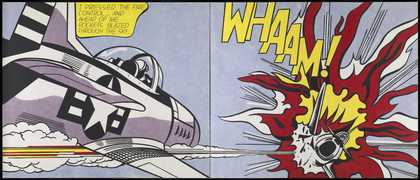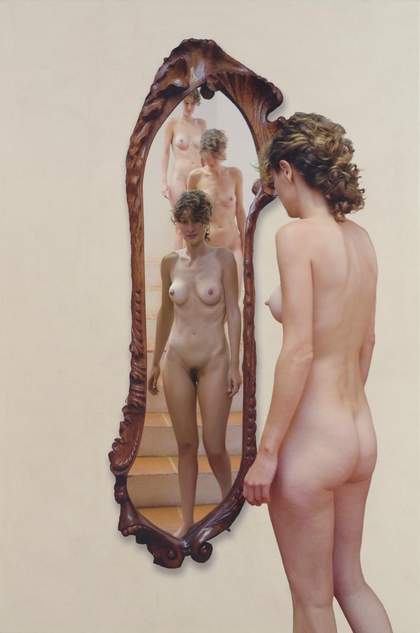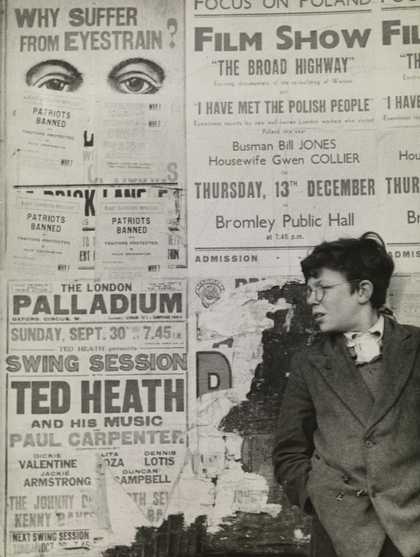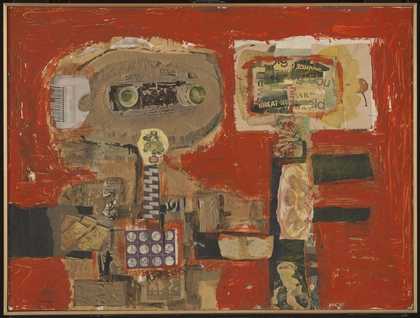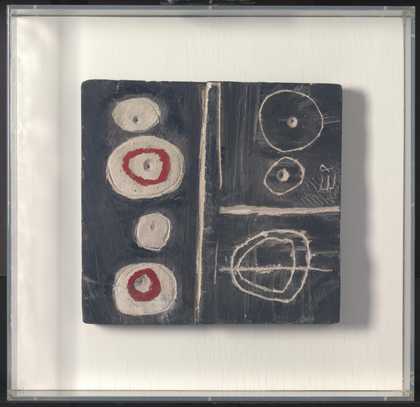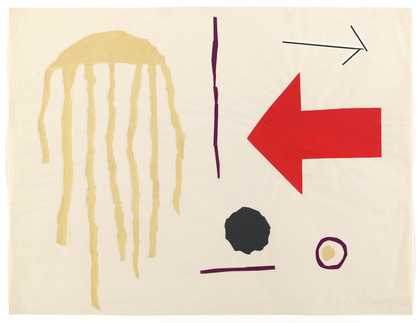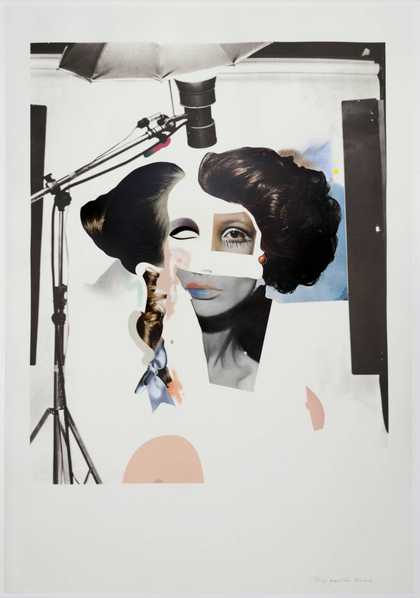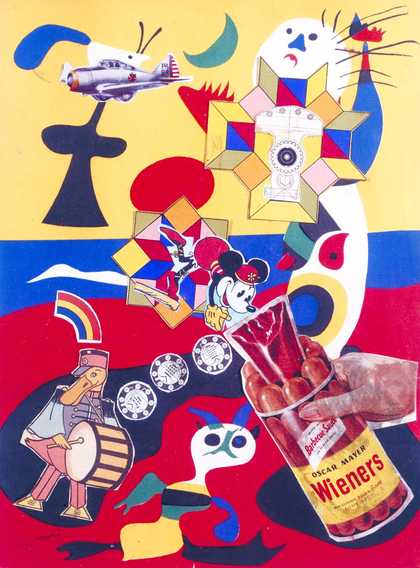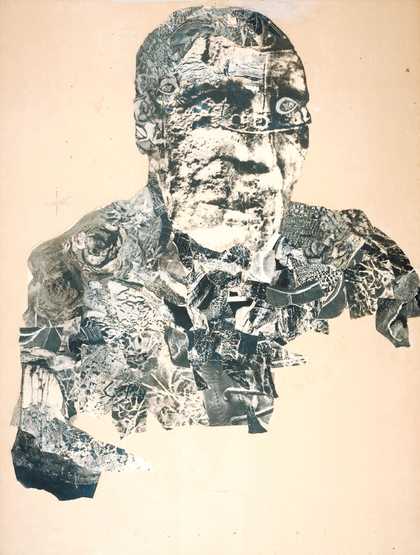
Nigel Henderson
Head of a Man (1956)
Tate
The Independent Group, or IG, was first convened in the winter of 1952-3 and then again in 1953 -4. It was responsible for the formulation, discussion and dissemination of many of the basic ideas of British pop art and of much other new British art in the late 1950s and early 1960s.
Leading artists involved were Richard Hamilton, Nigel Henderson, John McHale, Sir Eduardo Paolozzi and William Turnbull. The IG also included the critics Lawrence Alloway and Rayner Banham, and the architects Colin St John Wilson, and Alison and Peter Smithson (see brutalism).
In 1953 the IG staged the exhibition Parallel of Art and Life and in 1956 the ground-breaking This is Tomorrow. This exhibition at the Whitechapel Gallery in London was an expression of the IG’s pioneering interest in popular and commercial culture. As Alloway put it: ‘movies, science fiction, advertising, pop music. We felt none of the dislike of commercial culture standard among most intellectuals, but accepted it as fact, discussed it in detail, and consumed it enthusiastically’. This is Tomorrow consisted of a series of environments and a juke box played continuously.

